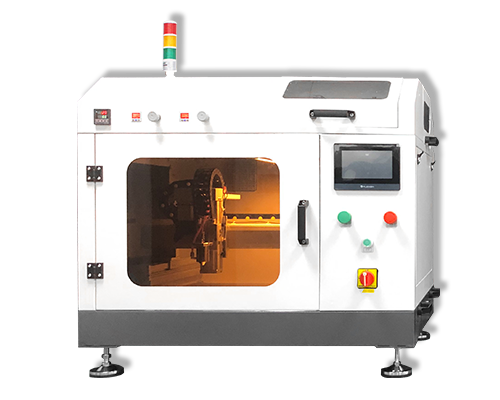What is the gas diffusion layer GDL?
What is the gas diffusion layer GDL? Atomizer Spray Nozzle – Cheersonic
The gas diffusion layer (GDL) is a very important part of the proton exchange membrane fuel cell, which is located between the catalyst electrode (CL) and the bipolar plate (BP). It does not participate in the electrochemical reaction like the CL layer itself, but it is a very important guarantee for the normal operation of the fuel cell.
So what does GDL do? According to the location of the GDL, the GDL first provides a path for the hydrogen-oxygen reaction gas to reach the CL; then, since the product water needs to be discharged from the cathode, the second role of the GDL is to provide a discharge path for the generated water; at the same time, the electrons pass through The external circuit reaches the cathode, and GDL is located between CL and BP, thus forming a complete circuit, so the third function of GDL is to make CL and BP achieve electrical connection; the electrochemical reaction process of hydrogen and oxygen will generate a lot of heat, therefore, GDL The fourth role of the GDL is to help dissipate part of the heat; in the entire battery composition, the GDL is next to the MEA, so the fifth role of the GDL is to mechanically support the MEA.
According to the role of GDL, we can know that GDL needs to be porous, hydrophobic, thermally conductive, electrically conductive, and certain mechanical strength. Since the GDL is next to the CL, and the CL is composed of small particles, the size of the pores close to the CL should be smaller than the CL, that is, the pores should be directional.
So what kind of material is GDL that meets these conditions? A lot of sand washing, and now GDL materials are mainly composed of carbon paper or carbon cloth. When testing, in addition to density and thickness, it is mainly tested whether GDL has the required porosity, electrical conductivity, hydrophobicity and mechanical strength. For porosity, it can be measured by mercury porosimetry or capillary flow analyzer; for conductivity, it can be measured by four-point probe method; for wetting properties, it can be measured by video contact angle; for mechanical strength, it can be measured by material universal tensile machine.

Ultrasonic spray fuel cell catalyst coating system can produce highly uniform, repeatable and durable coatings. Our ultrasonic spraying can well control coating properties, significantly reduce material usage, and reduce maintenance and downtime.
Our company’s ultrasonic spraying equipment can be sprayed on a variety of different metal alloys, including the preparation of platinum, nickel, iridium and ruthenium-based fuel cell catalyst coatings, as well as PEMs, GDLs, DMFCs (direct methanol fuel cells) and SOFCs (solid Oxide fuel cell) manufacturing. The battery manufactured by this technology has the characteristics of high battery load and high battery efficiency.
The optional ultrasonic dispersion system can uniformly disperse the catalyst solution without blocking the ultrasonic nozzle, thereby providing a uniform and homogeneous fuel cell catalyst coating, and has a controlled droplet size from ultra-low flow to production-scale flow.

